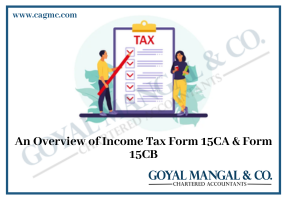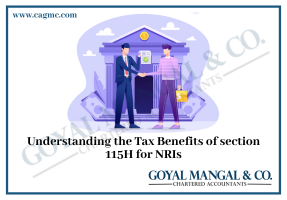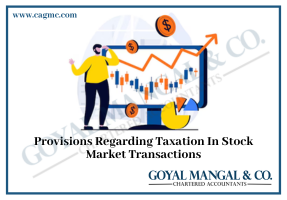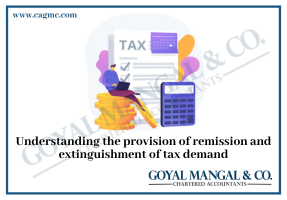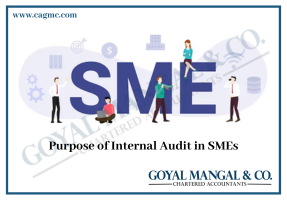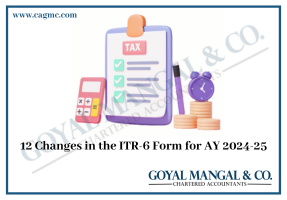
When it comes to tax-saving options and investments in India, there are various options available with investors. It will stand out as a good decision. The decision-making process becomes important as investors seek options that not only offer tax benefits but also ensure optimal returns. This guide deals with comparative analysis of tax saving FD, Public Provident Fund (PPF) and National Pension Scheme (NPS) which aims to provide clarity to investors on various tax saving options.
Tax Saving Fixed Deposit
The bank and financial institution offers the fixed deposit that is commonly known as tax-saving FD or Term deposit. These FDs have a lock-in period of 5 years and Section 80C of Income Tax Act, 1961 deduction is applicable for investment in theses. Here’s a closer look at tax-saving FDs and their returns.
- Interest Rate: Interest rates range from as low as 3.25%/year. At 9.00% per annum. It is essential to check current rates before considering this investment. The FD rates fluctuations will depend upon market conditions and banking policies and FD will vary across issuers.
- Lock-in period: To ensure the money is invested for a long period of time this FD investment need to be done for minimum 5 years that is a lock in period before this a person can’t withdraw this amount.
- Tax Benefits: The FD investment money will be eligible for deduction under section 80C of the Income Tax Act, 1961 up to an amount of 1.5 Lakh Rs. The taxable income gets reduced by investing in FD as the amount invested is available for deduction under
- Interest Payment: Interest payments are taxable under your applicable income tax bracket. The interest payable will be taxable and interest that is earned on FD are paid by issuer either monthly, quarterly, or yearly but mostly it is paid on annual basis.
Public Provident Fund
The government supported PPF is a savings program designed to promote retirement preparedness and provide individuals with long-term financial security. It provides advantages in terms of tax benefits and competitive returns. This text provides a summary of PPF and the gains it generates.
- PPF account interest rate: The interest on PPF is decided by the government which can be changed every quarter. The current PPF interest rate is 7.1% per annum.
- Lock in period: The lock in period of PPF is 15 years. Nevertheless, you have the option to extend it indefinitely by increments of five years subsequent to the initial period of maturity. You have the opportunity to keep earning interest on your investment with this added flexibility.
- Tax Benefits: Like Tax-Saving FDs, donations made to the PPF account qualify for a deduction as per Section 80C of the Income Tax Act. The PPF account earnings are exempt from taxes, so it helps in tax saving.
- Interest compounding: The interest is earned on principal amount and accumulated interest from previous periods, so it leads to compounding that leads to immense benefits.
National Pension System
The National Pension System “NPS” offers a mix of equity and debt investments. It’s one of the best retirement schemes. It allows you to create a diversified retirement portfolio. Here is a look at NPS and its returns:
- Returns based on asset allocation: Unlike tax-saving FDs and PPFs, NPS returns are not fixed. They depend on the asset allocation you choose. The person can choose for Active choice investment option in which the person decides the allocation and the other investment option is Auto choice where your age determines the allocation.
- Lock-in period: The significant portion of the corpus must be used to purchase the annuity. The lock in period for NPS is of 60 years however in specific cases partial withdrawal is permissible
- Tax benefits: Investments in NPS qualify for deduction under section 80CCD (1) of the Income Tax Act, with additional deduction up to ₹50,000 under Section 80CCD (1B). So, the tax benefit of NPS can be availed up to 2 lakhs.
- Market-Linked Returns: The returns of NPS can be changed and depends on the underlying asset performance that is returns are market linked,
Comparing Returns
- Tax Saving FDs: Tax FDs provides a secure source of Income as it offers fixed interest rates. Tax saving FD returns are conservative.
- PPF: PPF has a history of offering competitive and tax-free interest rates. The ability to compound interest increases the returns of PPF in the long run. While returns are not market-based and may be lower than potential equity-based investments, they are reliable and stable.
- NPS: The NPS return depends on your asset allocation and the performance of the selected funds. Choosing a higher capital allocation may give you the potential for higher returns, but also involves higher risk. NPS returns can be volatile compared to the other two options. The taxable income gets reduced by investing in FD as the amount invested is available for deduction under
Factors need to be considered by investor while choosing
- Risk Tolerance: Tax Saving FD offer stability, PPF provides a balanced approach, and NPS involves market-linked risks.
- Investment Horizon: Tax-Saving FDs and PPF cater to shorter and medium-term goals, while NPS is focused on long-term retirement planning.
- Tax Planning: Each option provides different levels of tax benefits, and investors should consider their tax planning needs.
- Liquidity: tax saving FDs and PPFs offer higher liquidity compared to NPS which have a long lock-in period. When choosing, consider your liquidity and access to fund’s needs.
- Investors have certain doubts such as Can I invest in both PPF and NPF? Or what’s the difference between PPF and NPS interest rates? and want to know about PPF vs NPF vs Mutual Fund?, which is best, so to know all these one must consider all the factors mentioned above and then select best investment option for themselves.
Conclusion
In the dynamic world of tax-saving options or investments, the decision between Tax- Saving FDs, PPF, and NPS depends upon individual financial preferences. Tax-Saving FDs offer simplicity and stability, PPF combines tax benefits with long-term growth, and NPS provides a pension-focused approach. Each option fulfils the distinct financial goals, and the key lies in aligning these features with the investor’s unique objectives. By understanding the of Tax-Saving FDs, PPF, and NPS returns, investors can confidently decide their investment choices, optimizing both tax advantages and wealth creation.

